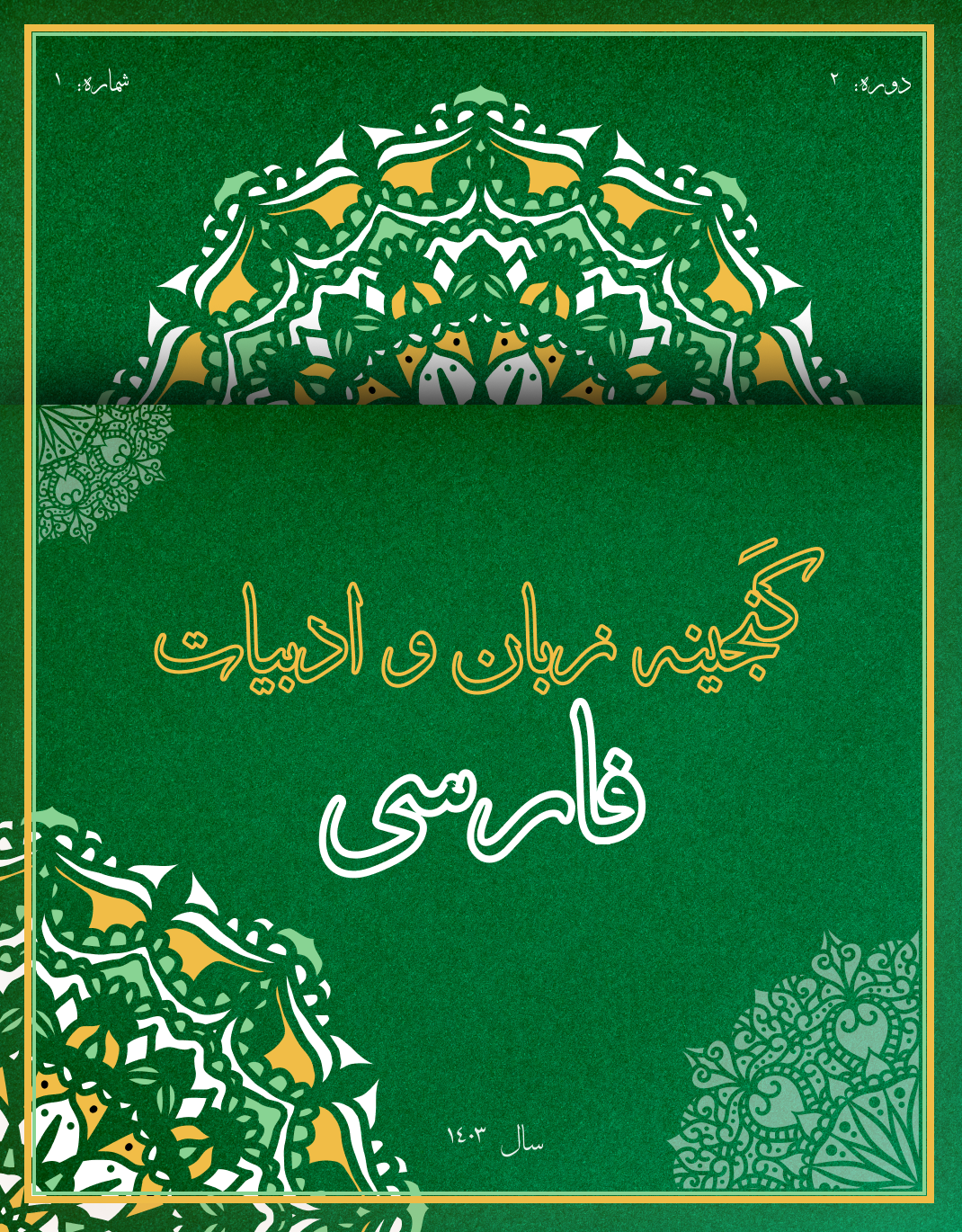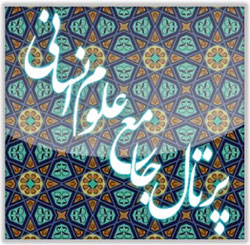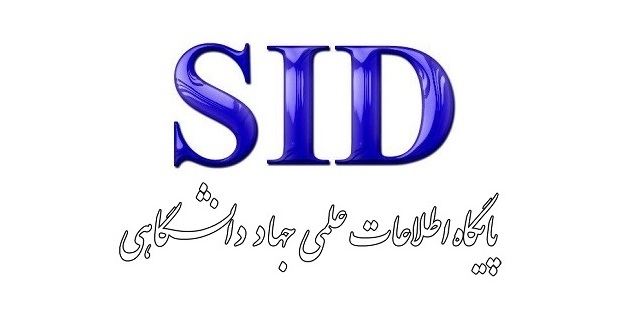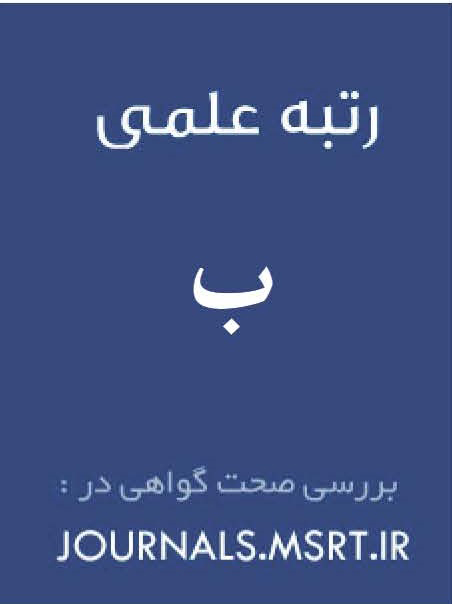Comparative Analysis of Ilkhanid Period Banna’i Kufic Script in Atiq Mosque of Isfahan and Pir Bakran Mausoleum
Keywords:
Ilkhanid period, Isfahan's Old Mosque, Pir Bakran Tomb, Banai Kufic scriptAbstract
The present study aims to conduct a comparative analysis of Banna’i Kufic script as an element of the integration of Iranian architecture and calligraphy during the Ilkhanid period. This analysis is carried out on two religious structures with different functions but within the same historical and geographical context of Iran. The significance of this research extends beyond the case study of Banna’i script in Atiq Mosque of Isfahan, which appears on a single inscription, and in Pir Bakran Mausoleum, which is examined through two inscriptions. One of the key aspects of this research is its contribution to the appreciation of Banna’i Kufic script, which has been explored in relatively few studies. Furthermore, the study offers potential insights for the pedagogical development of various writing techniques of this script. Accordingly, the research seeks to answer the question: How is the role of Ilkhanid period Banna’i Kufic script observed in Atiq Mosque of Isfahan and Pir Bakran Mausoleum? To answer this question, the study employs document analysis, as well as library and field studies. The findings of this research, as indicated in the table presented in the article, highlight several aspects. Firstly, the inscription style in Atiq Mosque closely resembles Safavid models, particularly in the use of colored tiles with blue and gold shades. In contrast, the script style in Pir Bakran Mausoleum is more closely related to the Ilkhanid period. Secondly, the brick inscriptions in Pir Bakran Mausoleum lack decorative elements in their margins, whereas in Atiq Mosque, arabesque motifs appear along the edges of the Banna’i Kufic script. Thirdly, the textual content of the inscription in Atiq Mosque is Persian poetry, while the two inscriptions in Pir Bakran Mausoleum consist of a lengthy Salawat and a Quranic text. Lastly, the Banna’i Kufic inscription in Atiq Mosque is structured in a quadrilobate pattern with a central square, whereas in Pir Bakran Mausoleum, the Quranic phrases are inscribed in a simple, large square format.
Downloads
References
1. Pope AE. Iranian architecture: Tehran: Akhtaran Publishing; 2003.
2. Feyzi F, Hajizadeh K, Sadeghi S. A comparative study of religious themes in the stucco inscriptions of the Seljuk and Ilkhanid mihrabs. Biannual Journal of Art Research. 2019;9(17).
3. Herati MM. The art of verse writing in the Holy Quran: Payam Azadi Tehran; 1996.
4. Maher al-Naghsh M. Tilework of Iran: Reza Abbasi Museum, Tehran; 1988.
5. Fazeli H. Atlas of scripts: Research on Islamic scripts: Tehran: Soroush (Islamic Republic of Iran Broadcasting Publishing); 2012.
6. Zomoroshidi H, Fereydounzadeh H, Khorasani K. The influence of Kufic script on architectural Kufic and its evolution to contemporary inscriptions. Iranian Architectural Studies. 2016;5(10):123-39.
7. Zomoroshidi H. The creations of sacred art from various building scripts in Islamic architecture. Iranian Islamic City Studies. 2012;2(8):1-18.
8. Pope AE. Architecture of Iran: Tehran: Akhtaran Publishing; 2007.
9. Ahari Z. The Isfahan school in urban planning (grammar of urban design): Tehran: University of Art Publishing; 2014.
10. Sherato U. Preliminary report on archaeological investigations at the Jameh Mosque of Isfahan. Iranian Architecture Culture. 1976;4(Summer).
11. Honarfar L. A list of historical inscriptions in the ancient works of Isfahan. Islamic Knowledge Monthly (Awqaf Organization). 1969;39:55-63.









